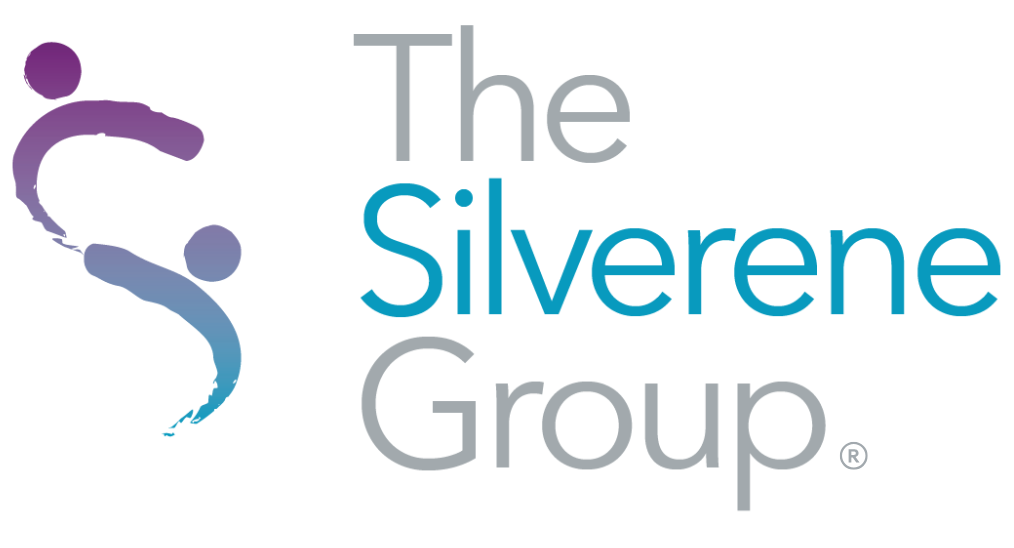
14 Sep AI & The Impact on Workplace Culture
Within the first 5 days of Chat GPT launching, there were over a million users. In just three months that number has climbed to over 100 million. Now, people everywhere are scrambling to understand what that really means for the future of work.
Technology, more specifically AI, is developing faster than we can keep up. Such technological progression can be both exciting and unnerving, depending on how you look at it. But regardless of how we feel about these advancements, they’re infiltrating the workplace. We need to be prepared to consciously and properly integrate such systems into our organizations, whether we like it or not.
As AI is being adopted at increasing rates, HR professionals should be considering what kind of impact it might have on workplace culture. The use of AI can have a range of positive impacts on workplace culture, such as:
Increase engagement, efficiency and productivity through automation
By facilitating mindless/rote work, AI creates space for individuals to accomplish more in the day. Plus, minimizing mundane tasks leads to increased levels of engagement as work becomes more interesting. This shift could also support a better work-life balance with more time being freed-up.
Boost creativity and innovation.
As noted above, automation of the trivial could open doors for greater creativity. AI creates a unique opportunity for people to re-channel their energy and skills into the more inventive, human-centric tasks. AI also serves as a powerful jumping off point for sparking ideas that inspire innovation; just as we prompt it, it prompts us.
Enable a talent strategy.
With the help of AI, we can write better job descriptions, identify pay disparities, highlight biased language in performance reviews, and more. Though AI is currently criticized for having some inherent bias, it has less than humans and will decrease with improvements over time.
Redefine roles, responsibilities, and skill requirements.
Though it will require time, energy, money, and other resources to implement these changes, this will serve as a unique reset opportunity that would provide a much needed rebirth of the world of work.
Increase experimentation.
When a new technology comes to light, there is an inherent learning curve, which naturally demands a bit of experimentation. We must ask, where can this tech be applied, and in what ways? Such ‘test-driving’ could of course lead to failure, but could also lead to great innovation. Progress requires freedom to fail and this could be a way to accelerate change in risk averse cultures.
Leaders should be aware that while some employees will excitedly embrace AI and all it has to offer, others may have a more cynical or cautious view. If there isn’t an intentional approach to the change, an organization’s culture could also be negatively impacted. This could include:
Fear and apprehension.
Employees may feel concerned regarding job security, promotion opportunities, and learning curve/capabilities. Unfortunately, these fears are warranted, particularly in organizations that are not being conscious enough about how they’re adopting AI into their culture.
AI’s inherent bias can become a new form of bias in the workplace.
As previously mentioned, AI does have some inherent bias. Even if it is at a lower level than human bias, it is still a new form of bias being introduced to organizational culture. The question is, can this bias be mitigated or worked around? Only time will tell.
Employee misuse and/or abuse of AI.
There’s no doubt that some employees will lean too much on AI, using it in ways that are not included in standard protocol or accepted as reasonable. Leaders will need to get ahead of the curve and lay down some ground rules for their team. That said, even with clearly defined rules, abuse and misuse are bound to happen.
Ethical considerations, transparency and data privacy.
AI is just like any other form of modern tech in that it poses one issue above all else: data privacy. AI is constantly collecting users’ data, and doing who knows what with it. At the end of the day, that is the core function of most tech platforms, from Facebook to ChatGPT. Not only does this pose a risk to users and businesses, but it also raises serious ethical concerns. And of course, companies that utilize AI are also subject to matters of transparency, or lack there-of.
As with anything, there are upsides and downsides. HR and other leaders can capitalize on the opportunity to rethink how we work, plan for upskilling or reskilling team members, and thinking about the implications for culture. We should all be thinking about how to embrace AI while keeping the necessary checks in place regarding protocols and best practices.
AI is a long way off from replacing anybody, so rather than lead with fear and resistance, let’s welcome it with open arms and take the opportunity to integrate AI with a human-centric approach.



